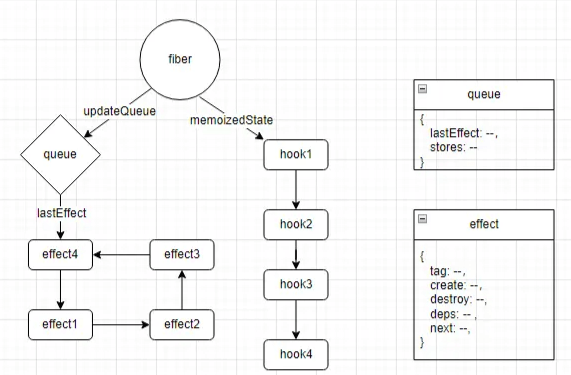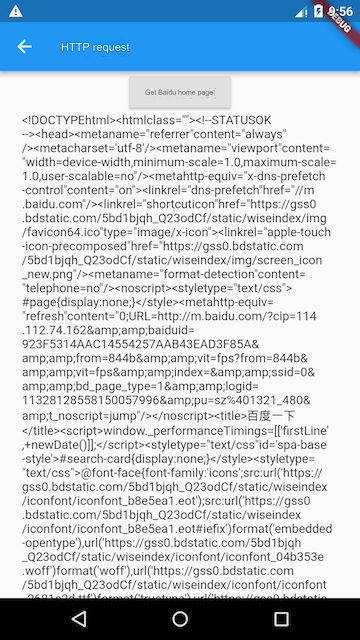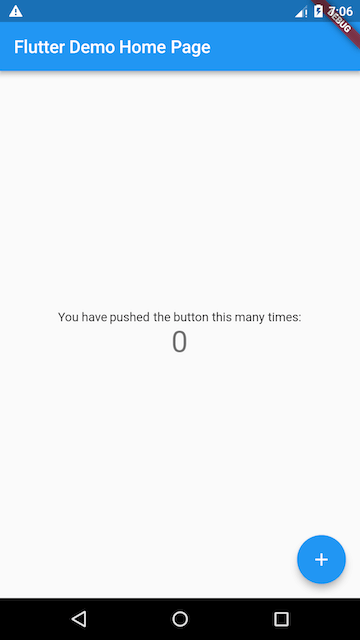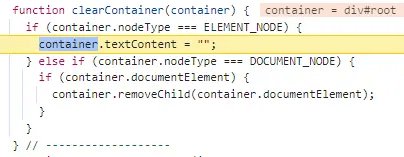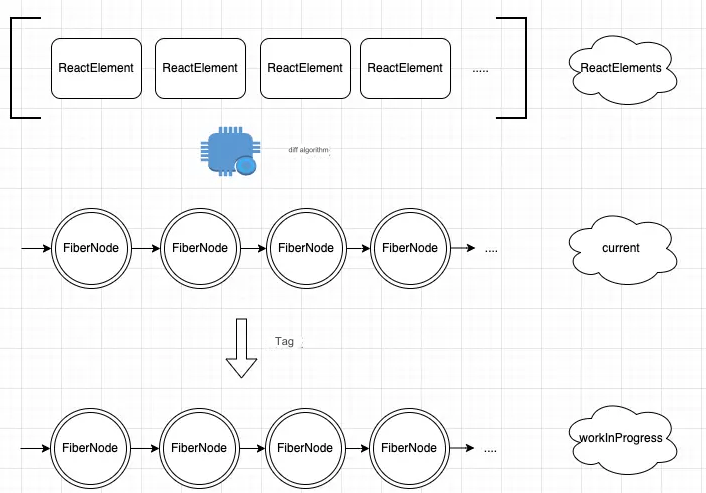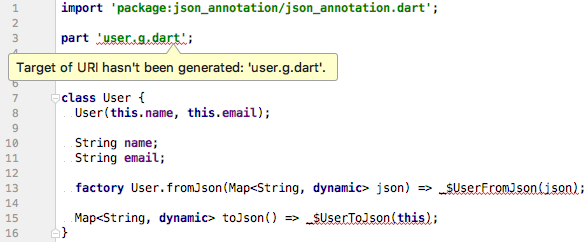In Vue.js, deep watching refers to the ability to monitor changes within the properties of an object. By default, Vue achieves its reactivity system through data hijacking, which intercepts access and modification of object properties. However, this watching is shallow, meaning it only tracks changes to the object's immediate properties and doesn’t recursively monitor changes within the object's nested properties.
Implementation of Deep Watching
Vue.js offers two main ways to implement deep watching:
Using the
deepoption in thewatchmethodImplementing recursion with
Object.defineProperty
1. Using the deep Option in the watch Method
In a Vue component, you can use the watch option to monitor changes to data and enable deep watching by setting the deep option to true.
export default {
data() {
return {
person: {
name: 'Alice',
age: 25
}
};
},
watch: {
// Watch changes to the 'person' object
person: {
handler(newValue, oldValue) {
console.log('person changed:', newValue, oldValue);
},
deep: true
}
}
}In this example, whenever any property inside the person object changes, the handler function will be invoked. This means if you change person.name or person.age, the watcher will be triggered.
2. Recursive Implementation with Object.defineProperty
Vue internally uses the Object.defineProperty method to achieve data reactivity. You can manually implement a recursive version of the defineReactive function to traverse inside the object and make all its properties reactive.
function defineReactive(data, key, val) {
observe(val); // Recursively observe inner properties
Object.defineProperty(data, key, {
enumerable: true,
configurable: true,
get: function reactiveGetter() {
return val;
},
set: function reactiveSetter(newVal) {
if (newVal === val) return;
observe(newVal); // Recursively observe the new value
val = newVal;
}
});
}
function observe(value) {
if (!value || typeof value !== 'object') {
return;
}
Object.keys(value).forEach(key => {
defineReactive(value, key, value[key]);
});
}Applications of Deep Watching
Deep watching is particularly useful in certain scenarios, such as:
Form Validation: In complex forms, deep watching allows you to detect changes in form data in real-time and immediately trigger validation.
State Management: In state management libraries like Vuex, deep watching ensures that any changes within the state tree are captured and trigger corresponding side effects.
Data Synchronization: When real-time synchronization of user input or other data is required, deep watching ensures data consistency.
Considerations
While deep watching offers powerful functionality, there are a few considerations to keep in mind:
Performance Overhead: Deep watching can introduce performance overhead, especially when dealing with complex object structures. Therefore, it is recommended to avoid deep watching unless necessary.
Circular References: If there are circular references within the object, recursive deep watching can lead to infinite recursion. Vue has internal mechanisms to handle this, but caution is needed when implementing it manually.
Memory Leaks: If an object is no longer referenced but still being deeply watched, it may prevent the object from being garbage collected, potentially leading to memory leaks.

